Serapis Flag (1779): History of John Paul Jones' Revolutionary Banner

The Serapis Flag: John Paul Jones's Banner from the Battle of Flamborough Head (1779)
Designed in 1779 with 13 stripes alternating red, white, and blue. Captain John Paul Jones raised the Serapis flag on the British Frigate during the most famous Revolutionary naval battle.

Captain John Paul Jones flew this version of the American flag from his ship, U.S.S. Bonhomme Richard, in 1779 when he captured a British Frigate ship called Serapis.
John Paul Jones is best remembered for his heroic defeat of the British 50-gun Frigate Serapis on September 23, 1779. The three-hour battle off Flamborough Head, in which John Paul Jones, in command of Bonhomme Richard, was victorious over a vastly superior British foe, established the spirit that has grown the greatest Navy the world has ever known.
John Paul Jones
He was born John Paul in Scotland in 1747 and went to sea when he was only twelve. When he arrived in Philadelphia in 1775 as an experienced sea captain, he had changed his name to John Paul Jones.
After conducting sea raids on the British coast, he took command in 1779 of a rebuilt French merchant ship, the U.S.S. Bonhomme Richard, renamed to honor Benjamin Franklin.
The Serapis Flag - 1779
A painting at the Chicago History Museum depicts a sketch of the flag flown from the prize HMS Serapis as Capt. John Paul Jones sailed into Texel, Holland, following the Battle of Flamborough Head in mid-September 1779. The flag features 8-sided stars and blue stripes, similar to a design favored by Benjamin Franklin, a friend of Jones. The photo was printed with permission from the Chicago History Museum.
The Serapis flag was not an "official" U.S. flag, since it did not meet the standards set by Congress in the 1777 Flag Act.
In 1778, the Dutch Ambassador requested a description of the United States flag from Ambassador Benjamin Franklin. It is believed that Franklin had not yet received news of the 1777 Flag Act and, unaware that an official national flag existed, provided a description of what is now known as the "Serapis flag".
Along with the description were orders that this flag be officially recognized on the seas. The Serapis flag sketch from Dutch naval records survives, verifying Franklin's description.

Striking the Colors
In the 1779 naval battle of Flamborough Head, the Bonhomme Richard, captained by John Paul Jones, engaged in combat with Captain Richard Pearson's Serapis in the North Sea. The Bonhomme Richard sailed close, lashed his vessel to the British ship, and fought the battle at point blank range.
During the battle, two cannon burst, and the colors were shot down from the mast of the Bonhomme Richard.
In naval battles, "striking the colors" is a sign of surrender, and Captain Pearson of the Serapis asked Jones if he intended to surrender.
Here, it is believed Jones gave his famous reply, "I have not yet begun to fight!" continuing the battle and forcing the Serapis to surrender.
Though victorious, the Bonhomme Richard was beyond repair, and Jones transferred his crew to the Serapis, sailing to the Dutch port of Texel. The British ambassador accused Jones of piracy there, since the captured Serapis was not flying a recognized national ensign.
However, Benjamin Franklin's earlier documented description existed in the Dutch archives and saved Jones from British charges of piracy.
In 2000, the Serapis flag was featured on a stamp in the U.S. Postal Service's Stars and Stripes series.



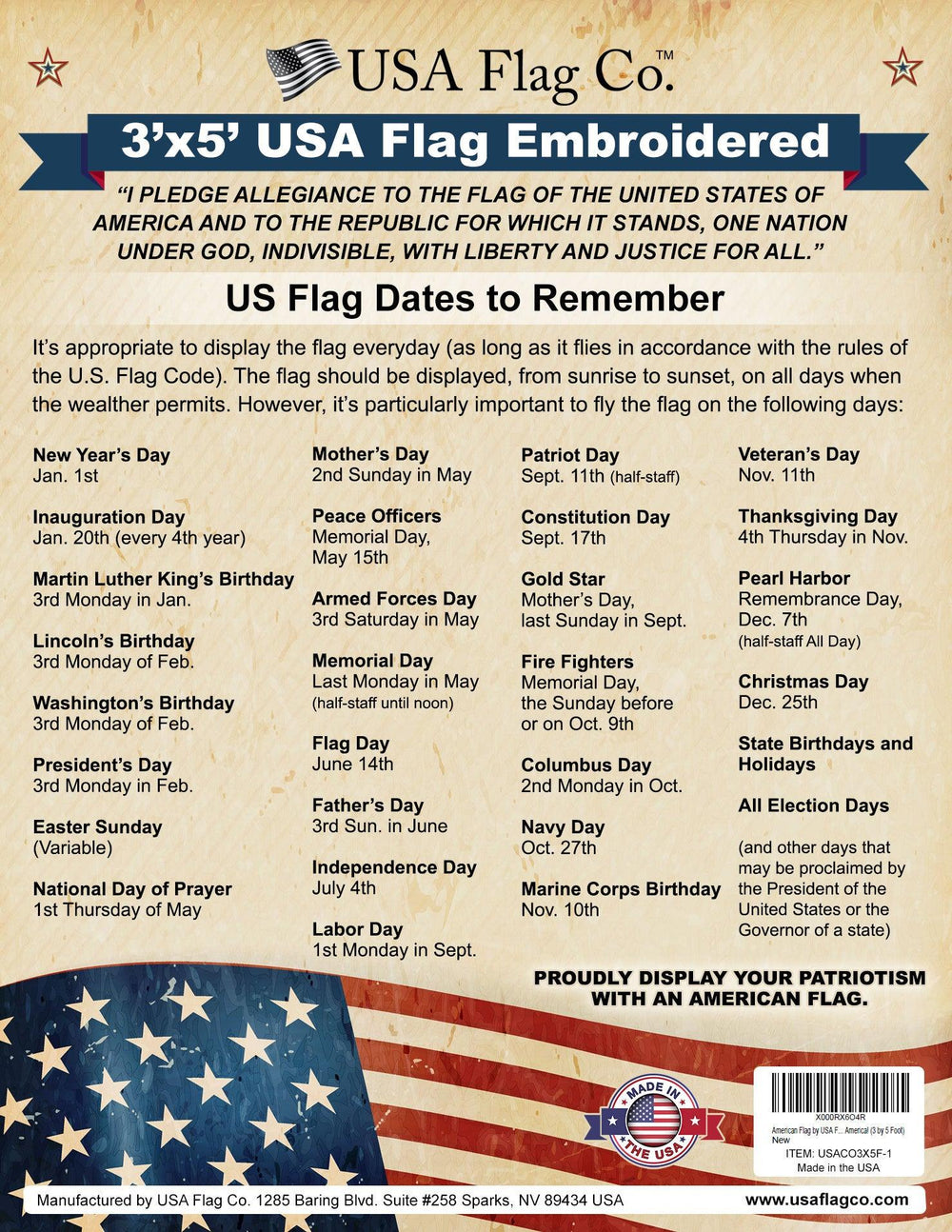
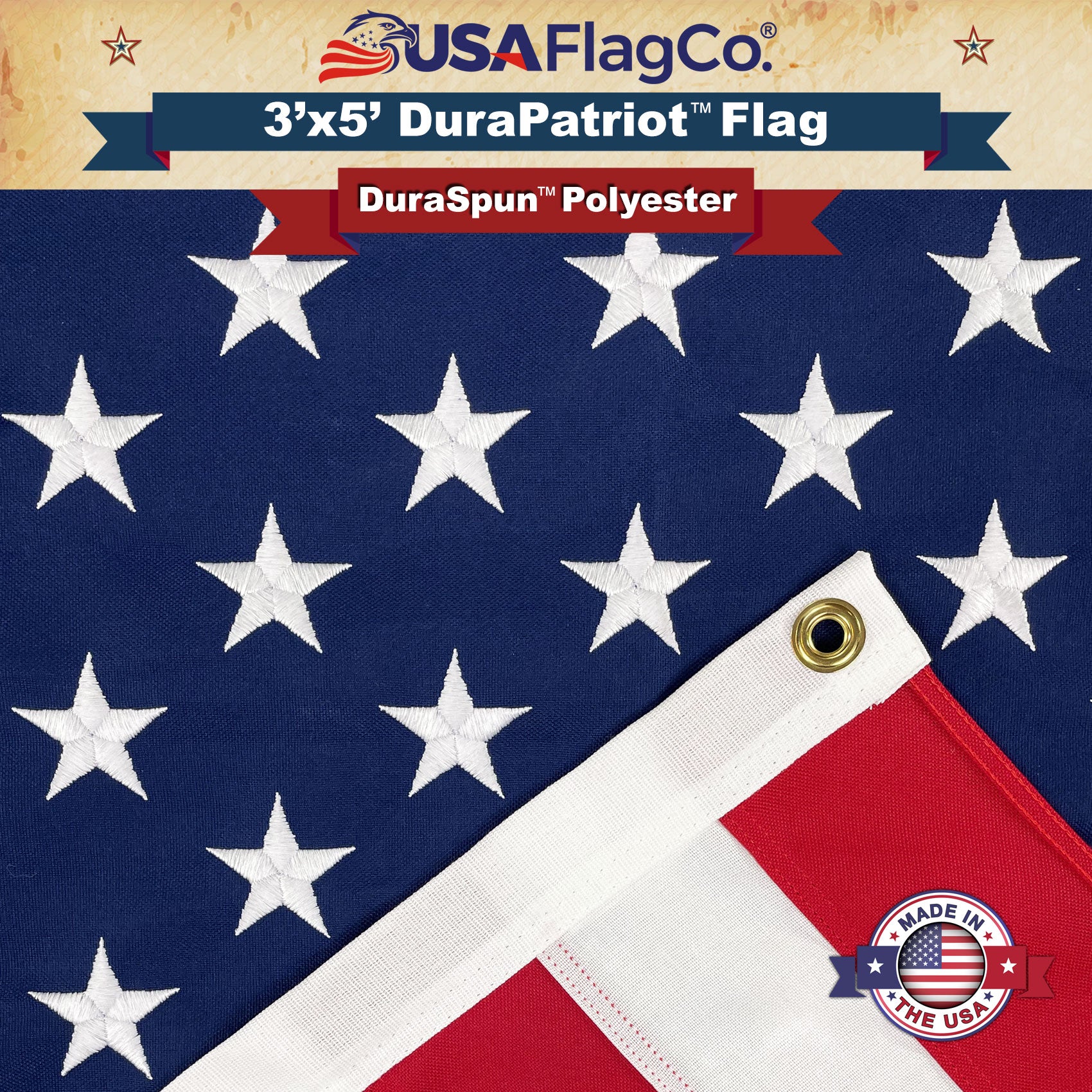
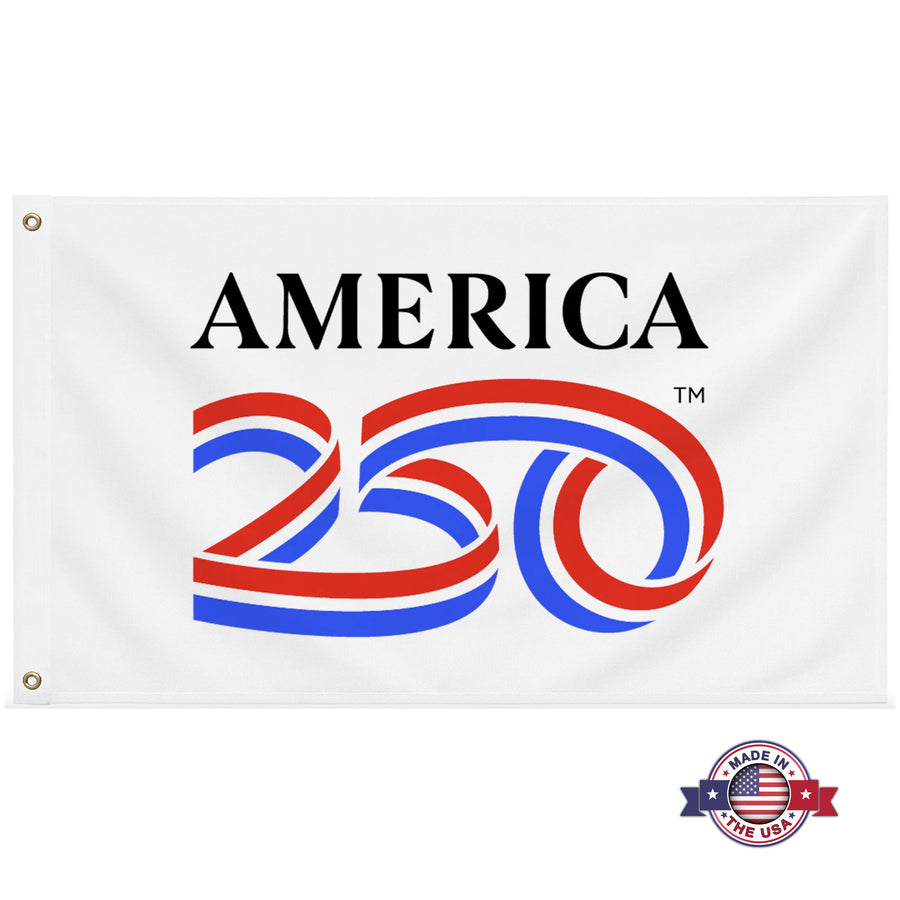
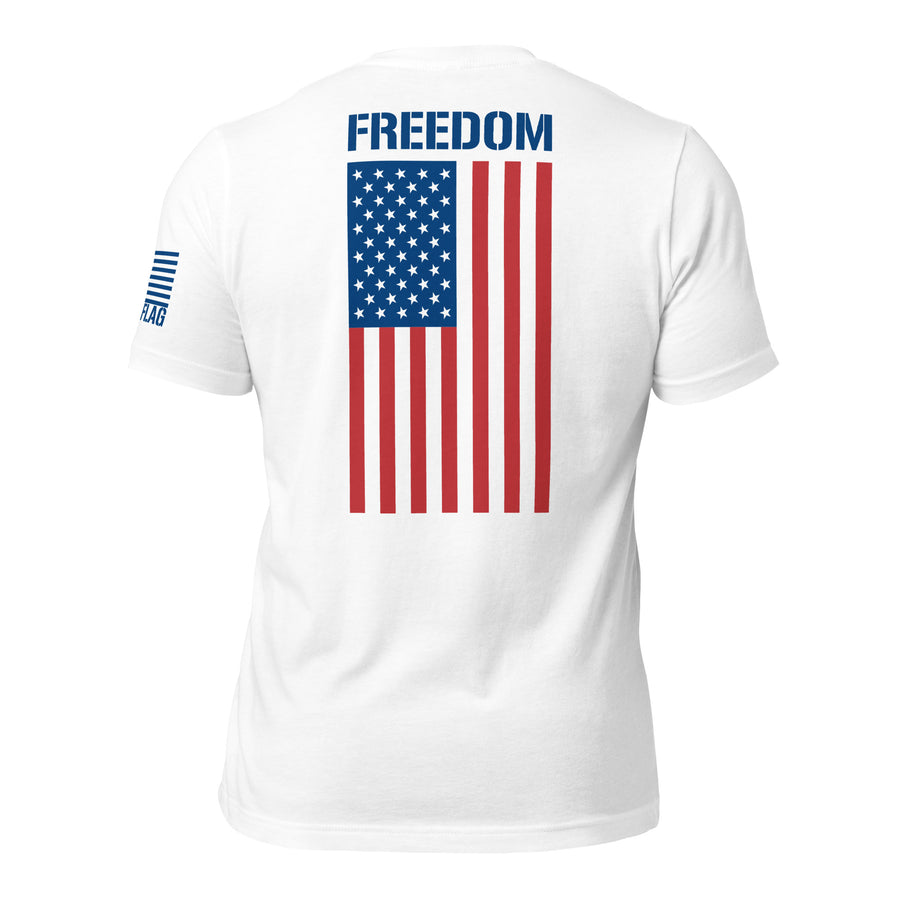
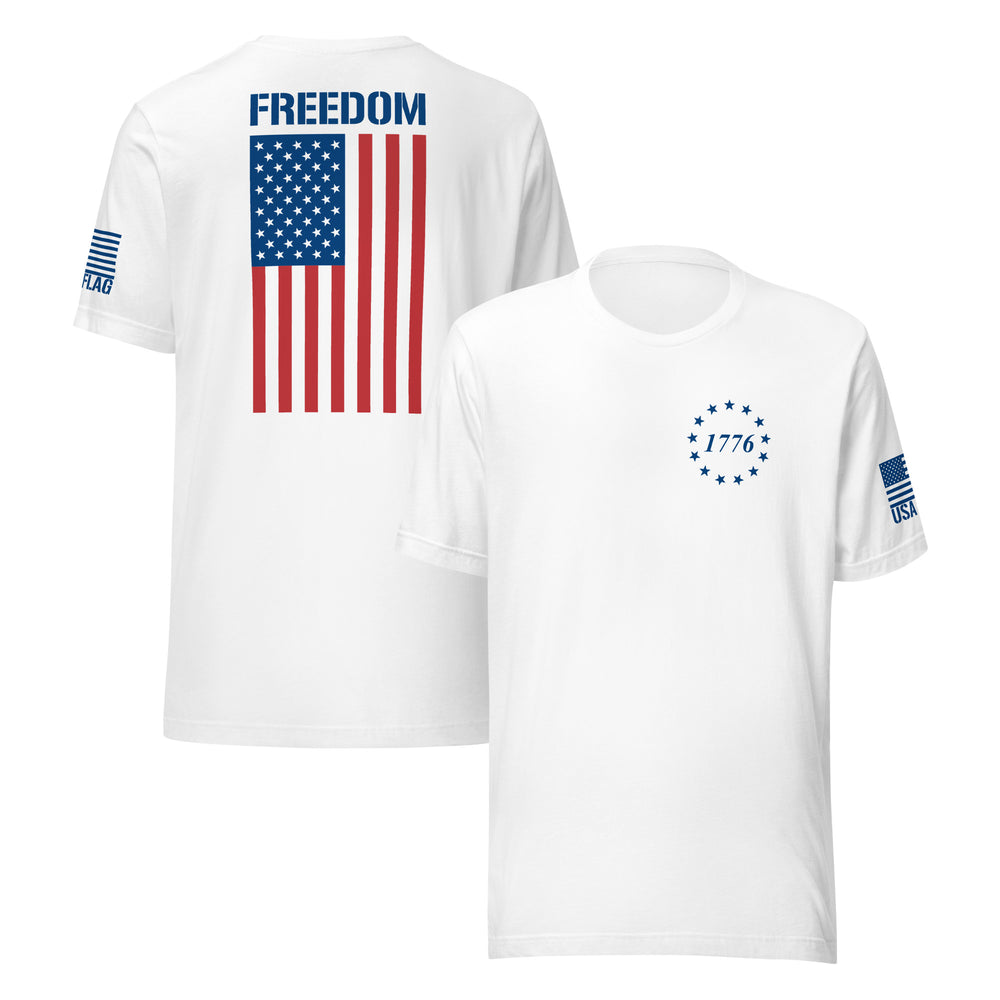

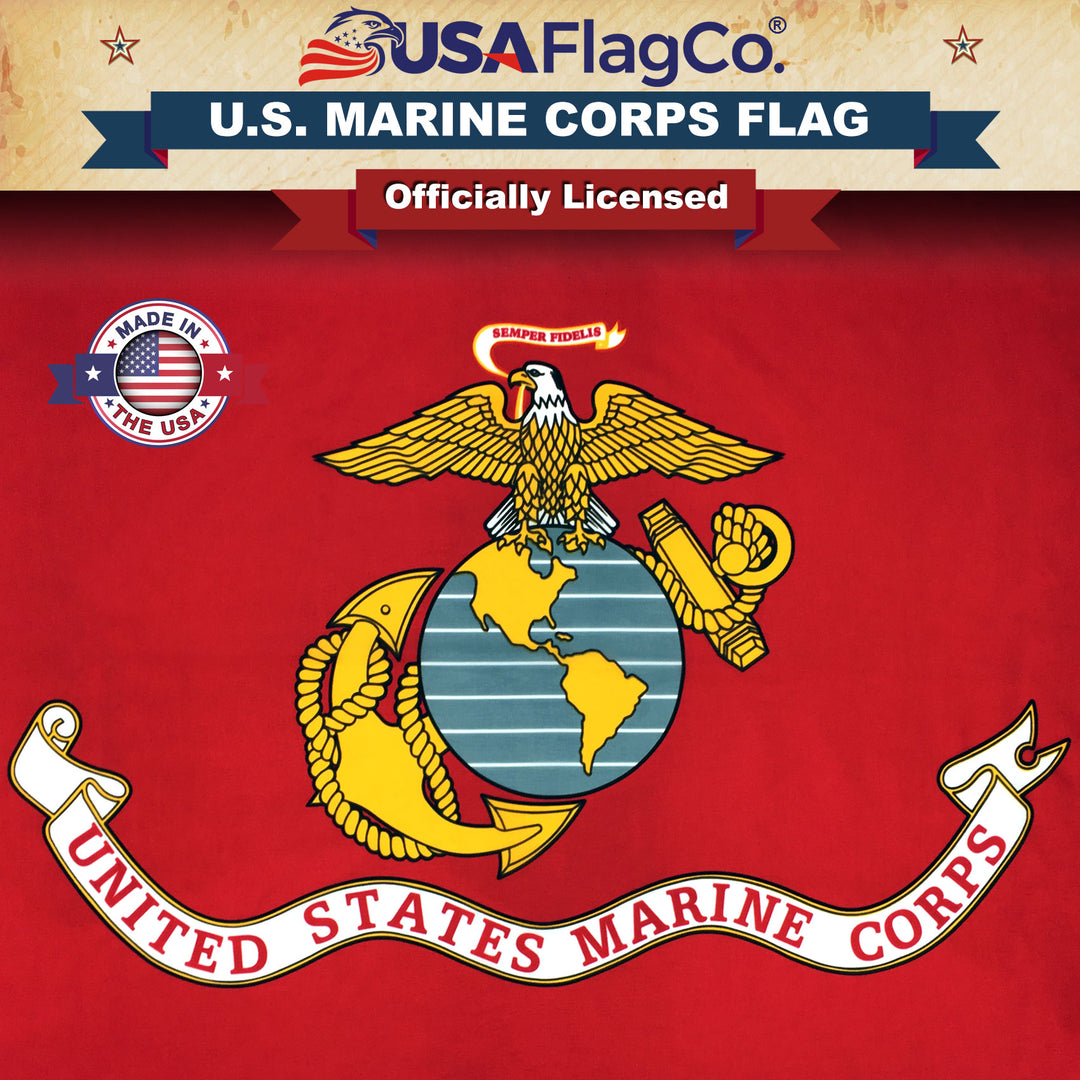
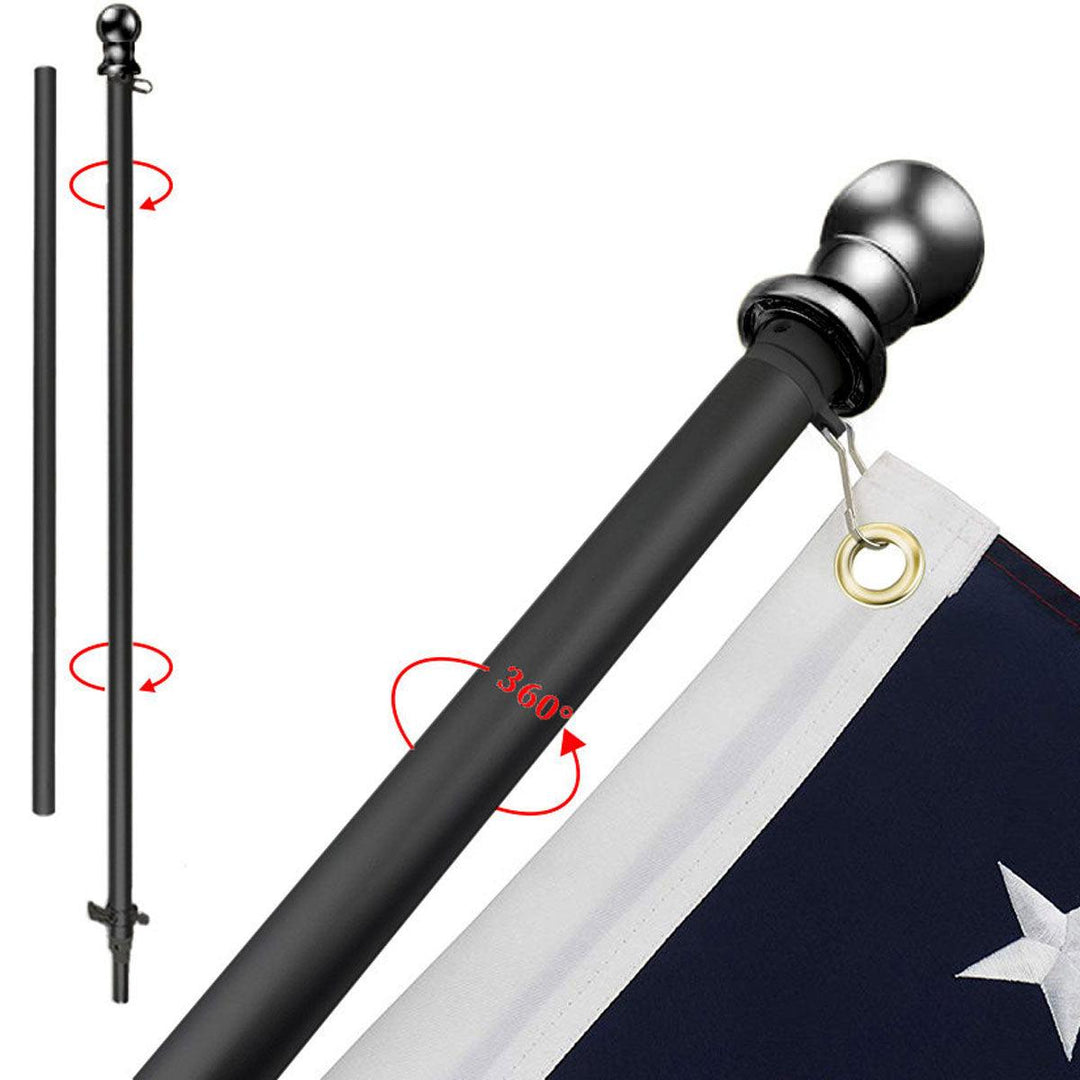
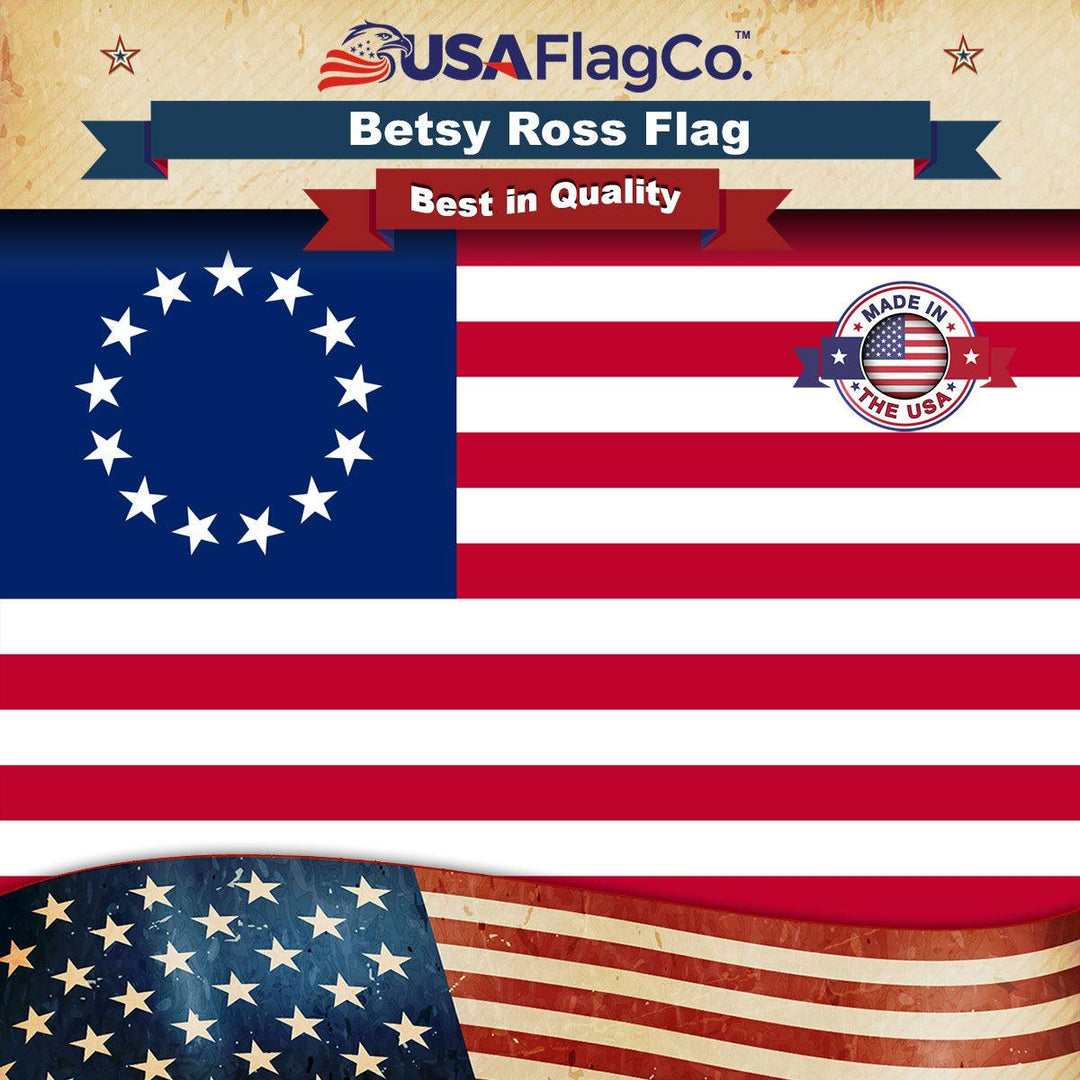
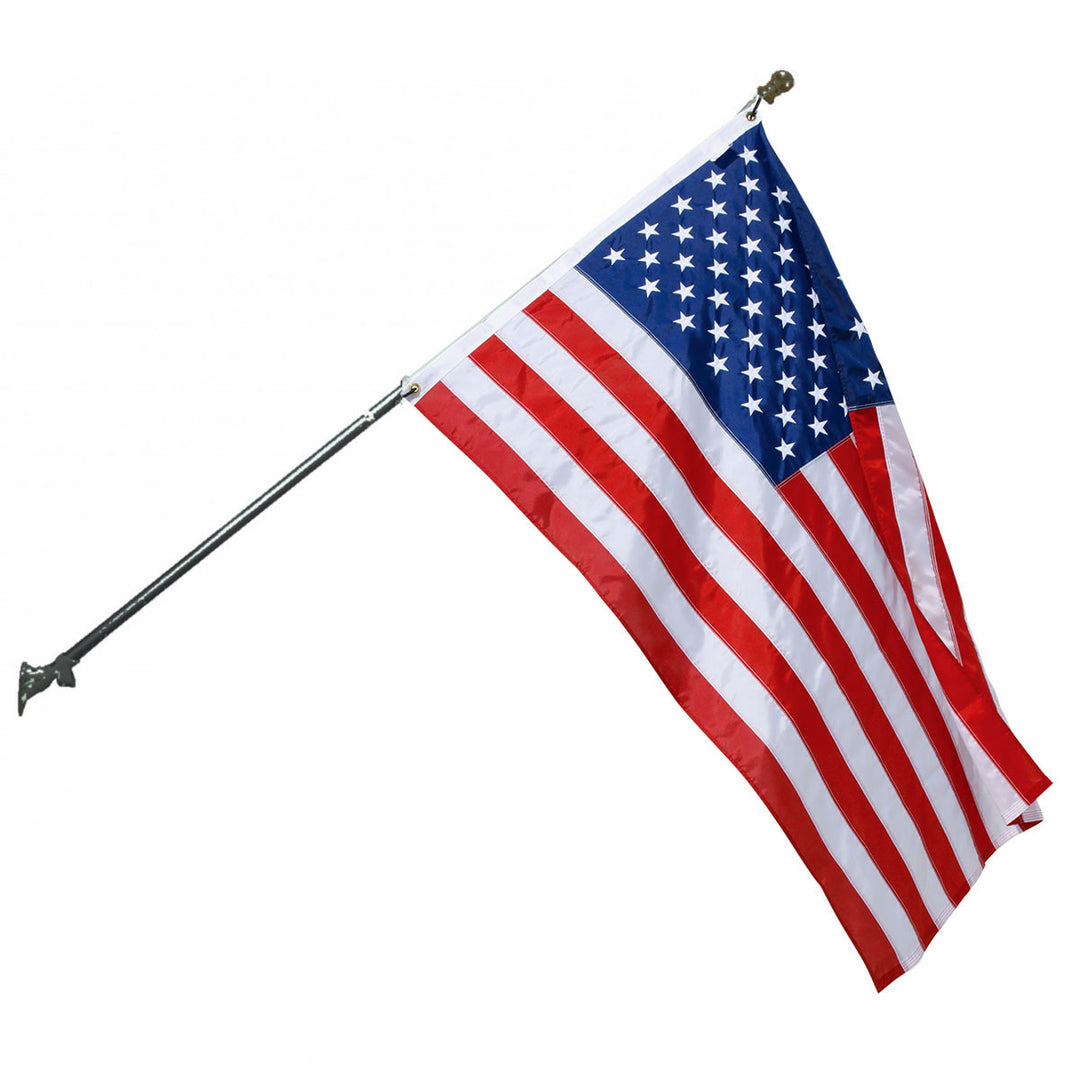

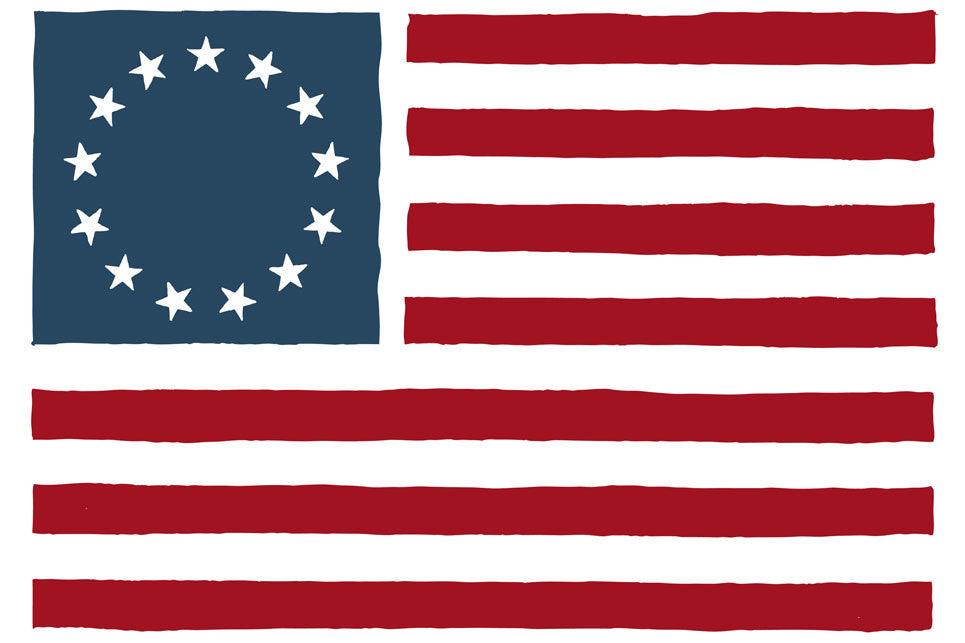
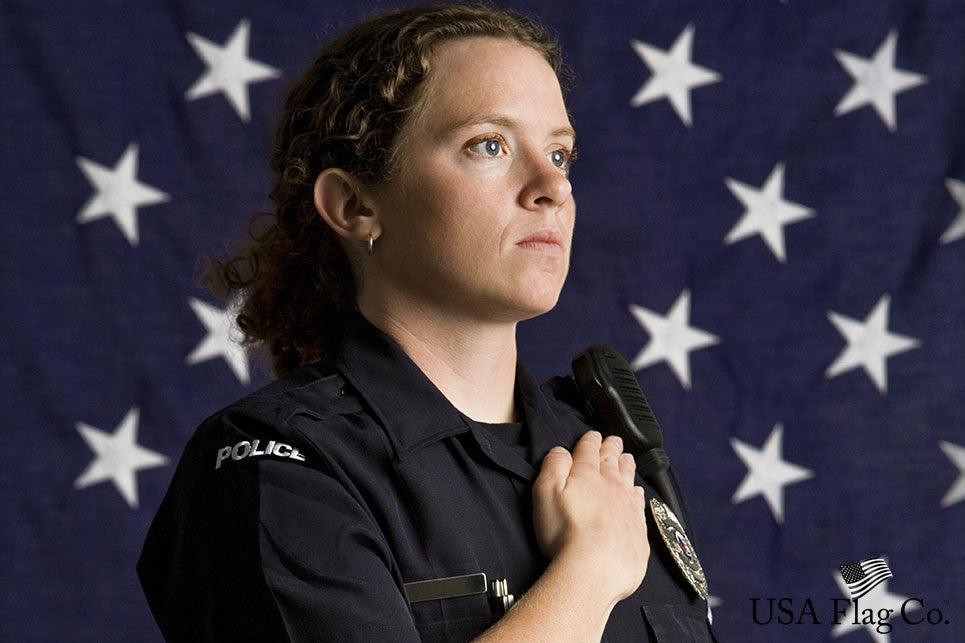
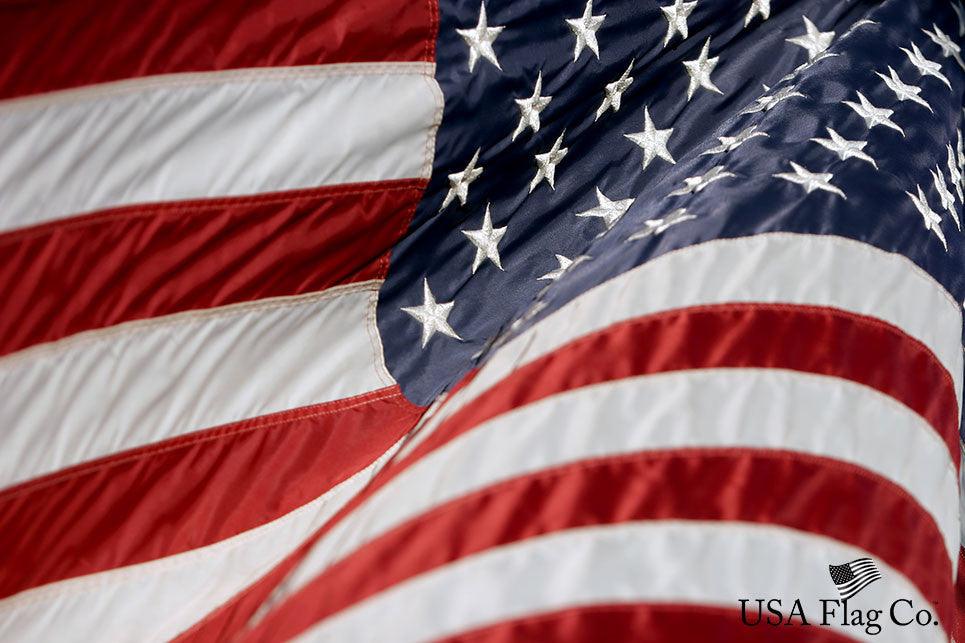
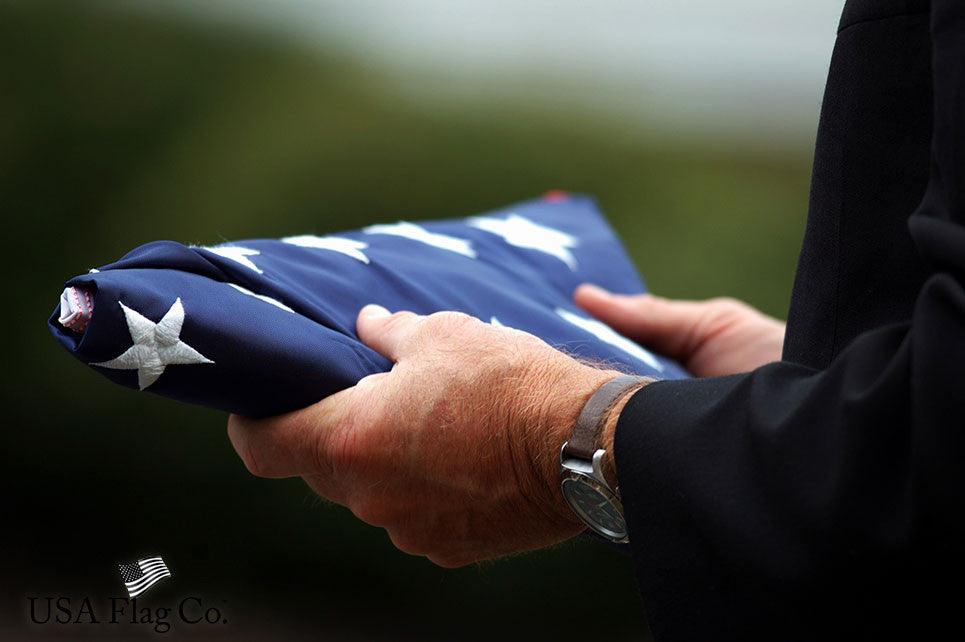
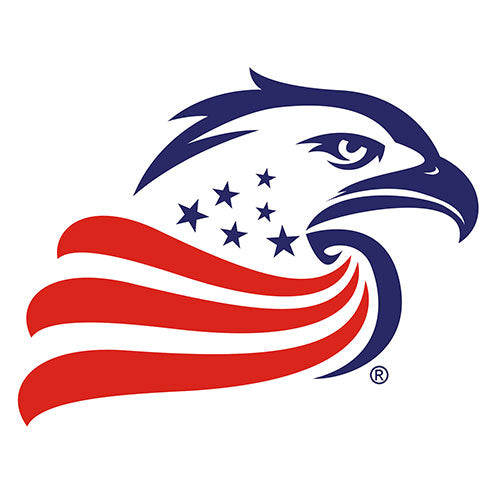


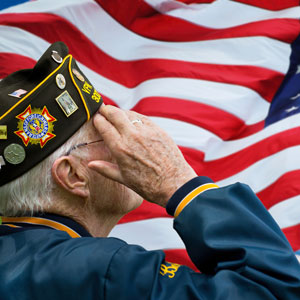
Leave a comment